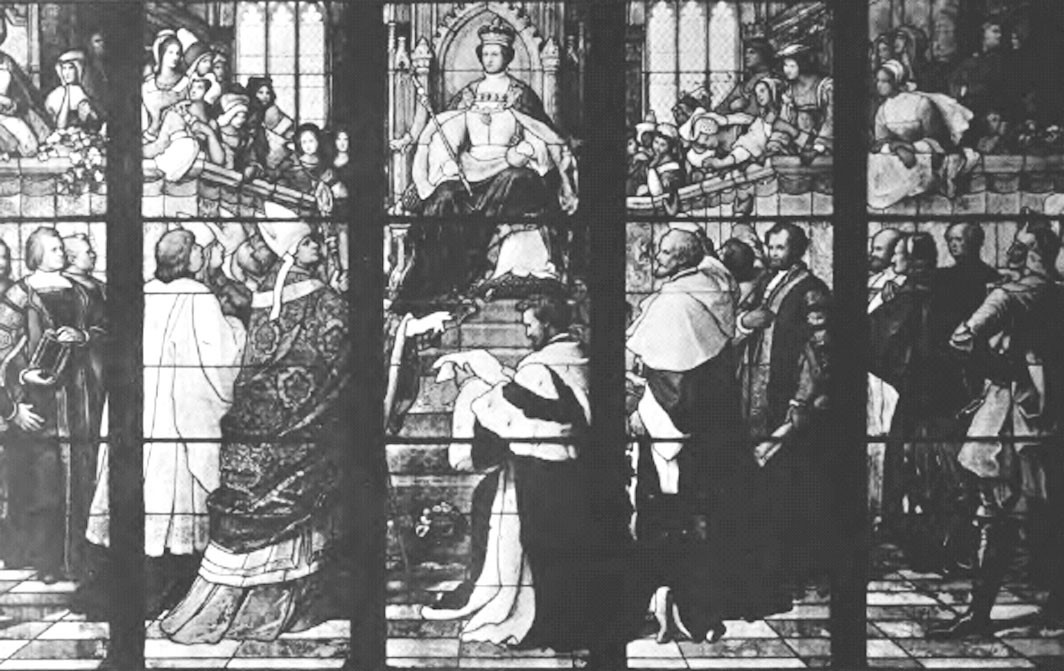James V: The Gudeman of Ballengeich
Chapter 3 : Civil Cases
When James first became king, there was no separate court for civil cases – everything was disposed in the Baron’s court, or at the Justice in Ayre.
In 1531, Clement VII issued a Papal Bull, granting James the right to tax Church property to fund a new civil court.

On 17th May 1532, legislation was brought into Parliament for the setting up of a:
‘college of cunning and wise men, both of the spiritual and temporal estate, for the doing and administration of justice in all civil actions’
The Court was set up with 14 judges, half laymen, half clerics, and was to sit for three terms in each year. Justice was to be administered equally to anyone before the Court. There was provision for the Lord Chancellor to preside, were he available.
Additional rules were set out for how defendants were to be summonsed, for removing notaries who were not competent, and for ensuring that notaries were properly introduced to the courts. Losers of lawsuits were to pay the other party’s expenses, as modified by the sheriff. Documents brought in evidence had to be signed as well as sealed, or witnessed if the person could not write.
The College was the forerunner of the present Scottish Court of Session, the highest civil court, and preserved in the Act of Union of 1707 ‘for all time coming.’ James could be justly proud of his creation.

This article is part of a Profile on James V available for Kindle, for purchase from Amazon.
